María Escobar
Generalized Real-World Super-Resolution through Adversarial Robustness
Aug 25, 2021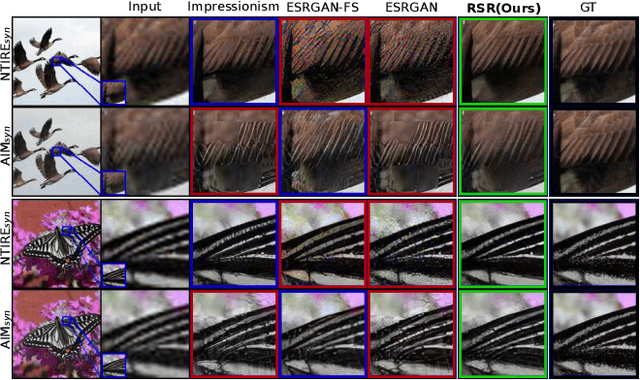


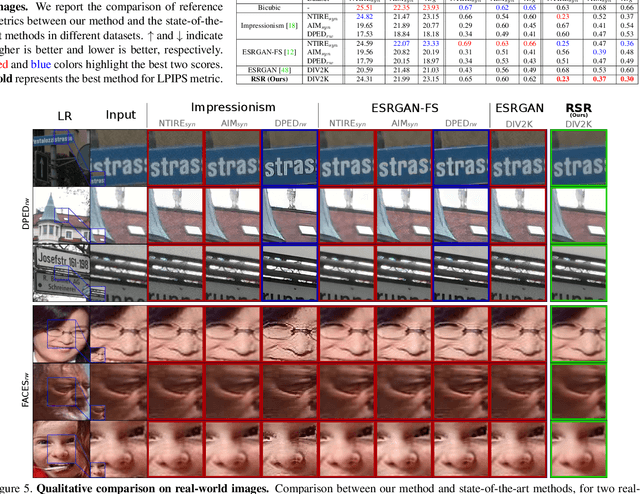
Abstract:Real-world Super-Resolution (SR) has been traditionally tackled by first learning a specific degradation model that resembles the noise and corruption artifacts in low-resolution imagery. Thus, current methods lack generalization and lose their accuracy when tested on unseen types of corruption. In contrast to the traditional proposal, we present Robust Super-Resolution (RSR), a method that leverages the generalization capability of adversarial attacks to tackle real-world SR. Our novel framework poses a paradigm shift in the development of real-world SR methods. Instead of learning a dataset-specific degradation, we employ adversarial attacks to create difficult examples that target the model's weaknesses. Afterward, we use these adversarial examples during training to improve our model's capacity to process noisy inputs. We perform extensive experimentation on synthetic and real-world images and empirically demonstrate that our RSR method generalizes well across datasets without re-training for specific noise priors. By using a single robust model, we outperform state-of-the-art specialized methods on real-world benchmarks.
SIMBA: Specific Identity Markers for Bone Age Assessment
Jul 13, 2020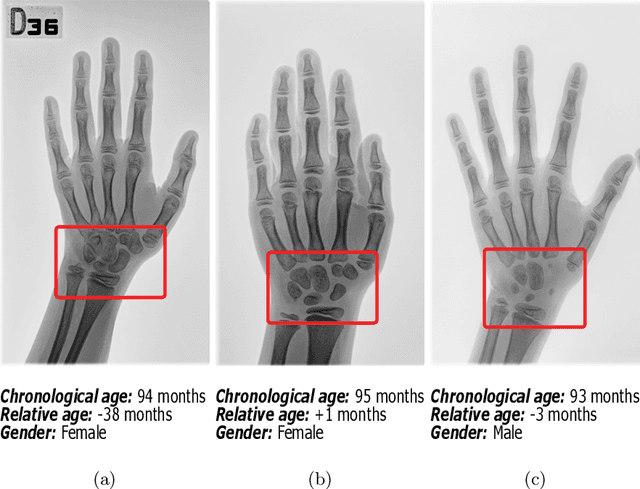
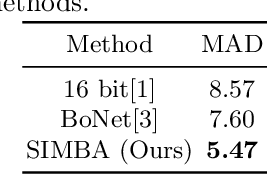
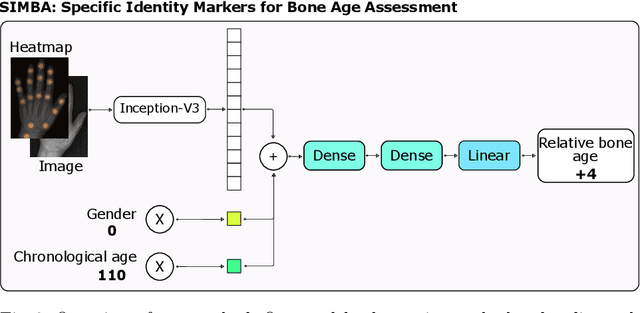
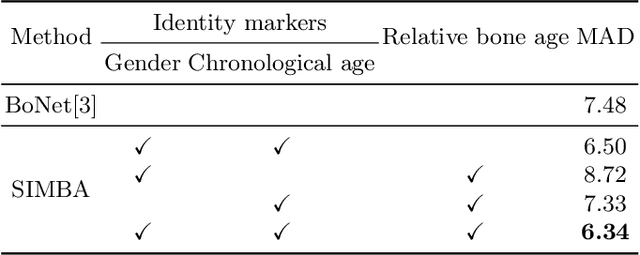
Abstract:Bone Age Assessment (BAA) is a task performed by radiologists to diagnose abnormal growth in a child. In manual approaches, radiologists take into account different identity markers when calculating bone age, i.e., chronological age and gender. However, the current automated Bone Age Assessment methods do not completely exploit the information present in the patient's metadata. With this lack of available methods as motivation, we present SIMBA: Specific Identity Markers for Bone Age Assessment. SIMBA is a novel approach for the task of BAA based on the use of identity markers. For this purpose, we build upon the state-of-the-art model, fusing the information present in the identity markers with the visual features created from the original hand radiograph. We then use this robust representation to estimate the patient's relative bone age: the difference between chronological age and bone age. We validate SIMBA on the Radiological Hand Pose Estimation dataset and find that it outperforms previous state-of-the-art methods. SIMBA sets a trend of a new wave of Computer-aided Diagnosis methods that incorporate all of the data that is available regarding a patient. To promote further research in this area and ensure reproducibility we will provide the source code as well as the pre-trained models of SIMBA.
 Add to Chrome
Add to Chrome Add to Firefox
Add to Firefox Add to Edge
Add to Edge